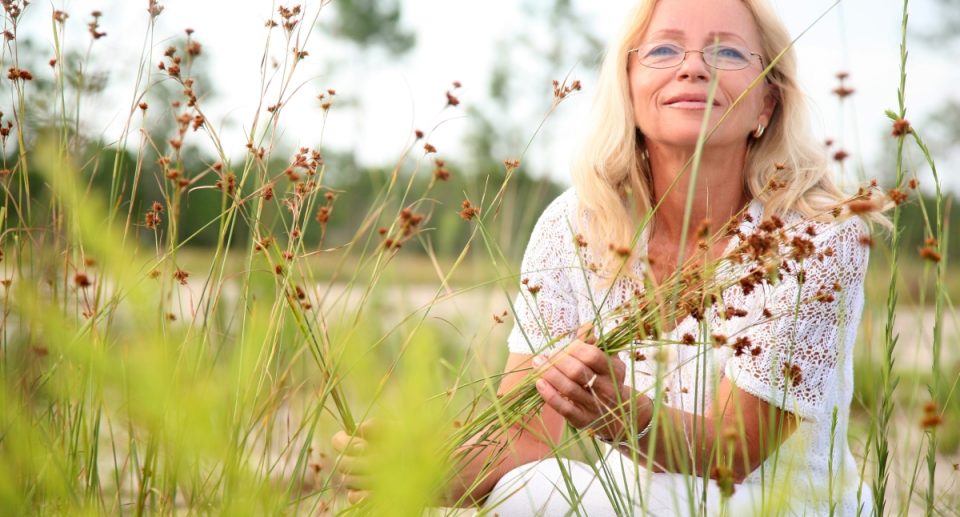
Retirement marks the beginning of a new chapter in life—a chapter filled with freedom, flexibility, and the chance to enjoy the fruits of decades of hard work. For many seniors, the idea of relaxation takes center stage after leaving the workforce. But while it’s tempting to focus solely on leisure, a fulfilling retirement requires a balance between relaxation and activity.
Striking this balance is crucial for physical, mental, and emotional health. Staying active ensures that your body and mind remain sharp, while relaxation provides the necessary time to recharge and reflect. You can create a lifestyle that fosters long-term well-being and happiness by weaving both activity and relaxation into your daily routine. This post will explore practical ways to achieve this harmony, covering the importance of physical activity, mental engagement, social connections, and effective relaxation techniques.
1. Physical Activity in Retirement
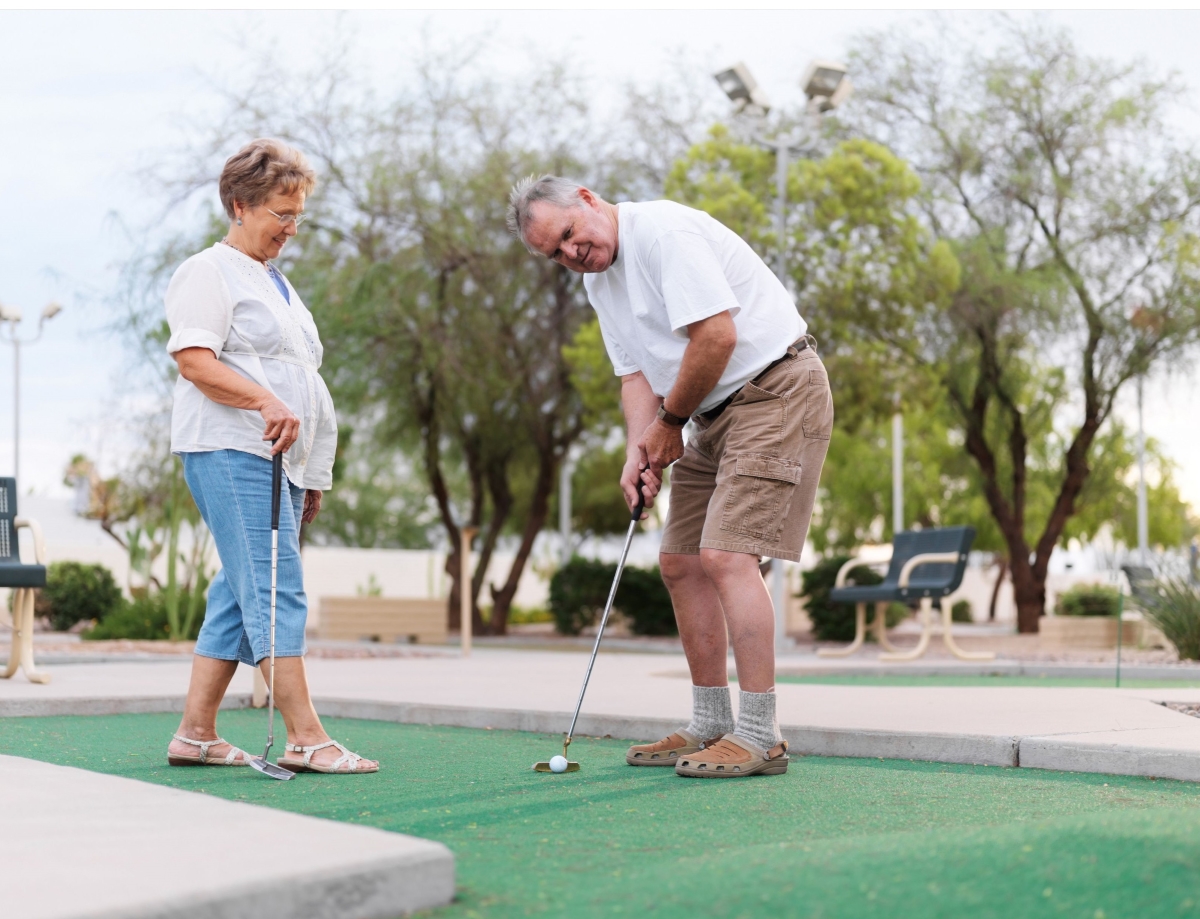
Staying physically active in retirement is one of the best ways to maintain good health. It not only helps prevent chronic diseases like heart disease, diabetes, and arthritis but also boosts energy levels, improves mood, and enhances overall quality of life. The goal isn’t to become an athlete but to engage in regular activities that keep the body moving and the heart pumping.
Low-Impact Exercises
For many seniors, low-impact exercises are an ideal way to stay active without putting too much strain on the joints. Walking is a simple yet effective activity that can be done almost anywhere, whether in your neighborhood, at a local park, or indoors at a shopping mall. Swimming is another excellent option, as the water provides resistance while cushioning the joints, making it perfect for those with arthritis or mobility issues. Yoga and tai chi focus on stretching and balance, helping to improve flexibility while promoting relaxation and mindfulness.
Strength Training
Strength training is equally important for seniors. As we age, we naturally lose muscle mass, leading to weakness and a higher risk of falls. Incorporating light weightlifting, resistance bands, or body-weight exercises into your routine can help combat this. Aim for two to three weekly sessions, focusing on major muscle groups like the legs, arms, and core. Even using small hand weights or doing chair exercises can make a significant difference in maintaining strength and independence.
Flexibility and Balance
Maintaining flexibility and balance is essential for reducing the risk of falls and staying mobile. Stretching routines, balance exercises like standing on one foot, and practices such as yoga or Pilates can improve coordination and keep you moving with ease.
Setting a Routine
Consistency is key. Setting a regular routine with different types of physical activity can make it easier to stick with an exercise program. Start small, perhaps with a 10- or 15-minute walk each day, and gradually build up as you feel more comfortable. The goal is to make physical activity an enjoyable and regular part of your lifestyle, not a chore.
2. Mental Engagement for Cognitive Health
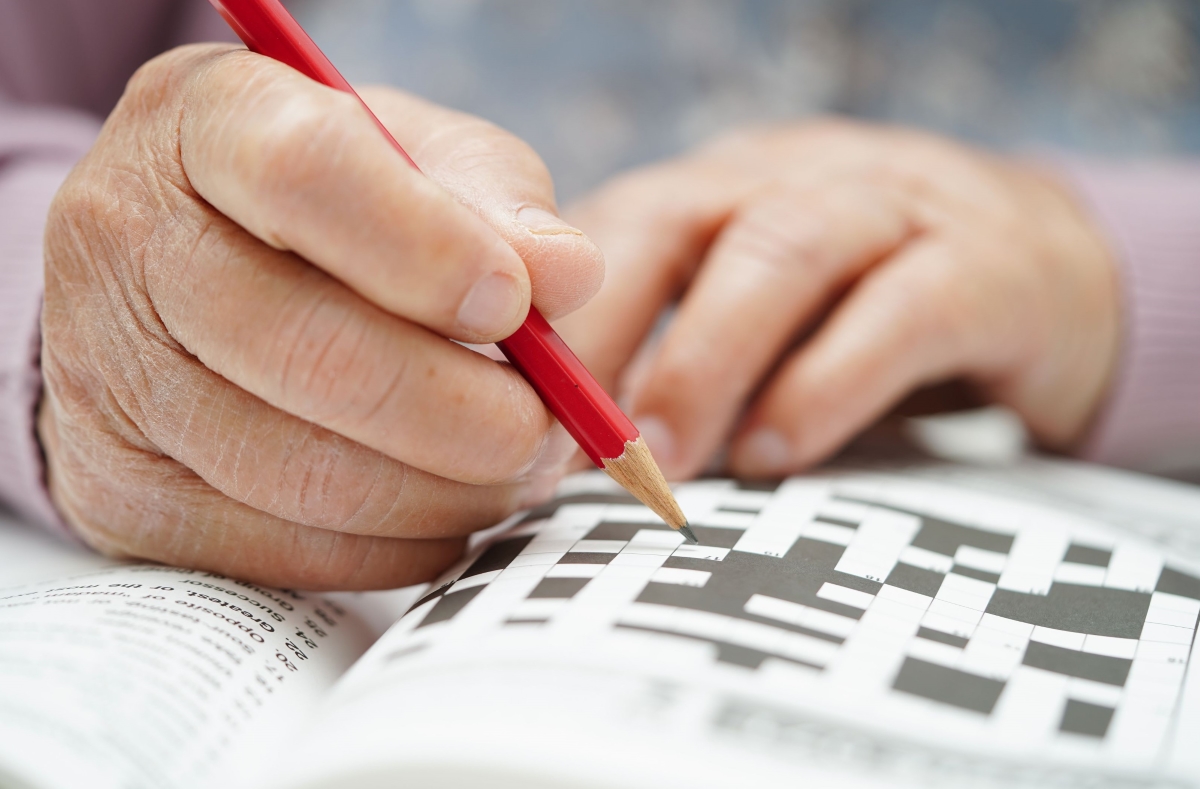
Just as the body needs exercise, the brain requires mental stimulation to stay sharp. Engaging in activities that challenge your mind can help reduce the risk of cognitive decline, including Alzheimer’s and dementia. Keeping the brain active promotes memory retention, problem-solving skills, and mental agility.
Brain Games
Puzzles, crosswords, and Sudoku are excellent ways to exercise your brain. These activities stimulate different parts of the brain, enhancing cognitive functions while providing a sense of accomplishment. Whether you enjoy solving a jigsaw puzzle or figuring out a challenging crossword, these games can be both fun and beneficial.
Lifelong Learning
Retirement is a great time to explore new interests or deepen your knowledge in areas that have always intrigued you. Lifelong learning keeps the mind engaged and helps prevent the feeling of stagnation. You might consider taking online courses in subjects like history, art, or technology. Libraries and local community centers often offer free or low-cost classes for seniors as well. Learning new skills, such as painting, cooking, or photography, is mentally stimulating and enriching for the soul.
Creative Outlets
Creativity is another way to keep your mind engaged. Whether journaling or crafting stories, writing can help organize your thoughts and sharpen your memory. Art forms like drawing, painting, or knitting simultaneously allow self-expression and relaxation. Whether you play an instrument or simply listen, music can be incredibly therapeutic, stimulating different brain parts.
Daily Mental Stimulation
You don’t have to spend hours every day on mentally challenging tasks. Even small actions like reading, playing a board game, or practicing mindfulness can keep your mind active and engaged. The key is to find activities that challenge you without causing stress or overwhelm, creating a balance that feels just right.
3. Social Connections: Staying Connected in Retirement
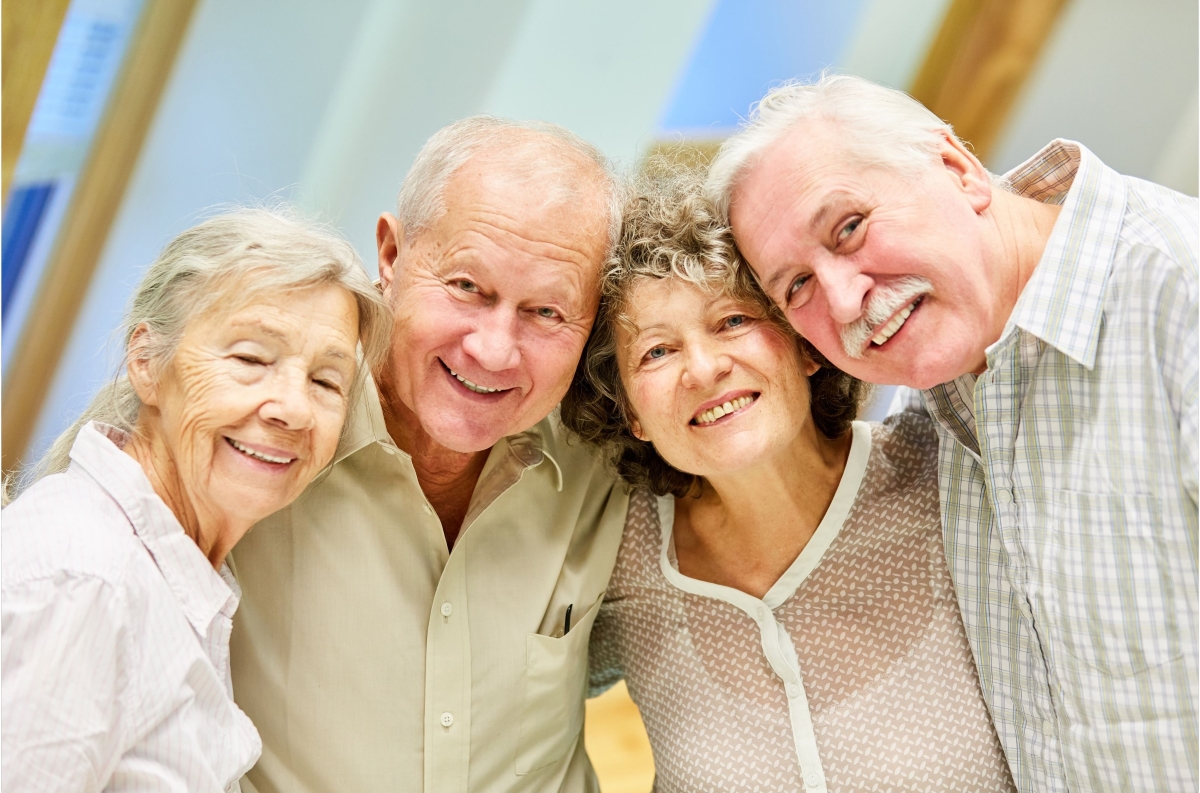
Staying socially active is a crucial component of a healthy and fulfilling retirement. Social connections help prevent loneliness, boost mental health, and enhance overall well-being. Engaging with others keeps your mind sharp, and maintaining relationships can provide emotional support and a sense of belonging.
Community Involvement
One of the best ways to stay socially engaged is through community involvement. Joining local clubs or groups that align with your interests can provide a sense of purpose and connection. Whether it’s a gardening group, a book club, or a volunteer organization, these activities foster friendships and provide a regular opportunity to interact with others.
Family and Friends
Maintaining strong relationships with family and friends is also essential. Regular phone calls, visits, and shared activities can help keep these bonds strong. If mobility is an issue, inviting family over for a home-cooked meal or a movie night can create opportunities for connection without the need to travel.
Technology
Technology allows those who live far from loved ones to stay connected. Video calls through platforms like Zoom or Skype, social media, and email allow you to keep in touch with family and friends no matter where they are. Many seniors are becoming more tech-savvy, and learning to use these tools can open new avenues for social interaction.
Avoiding Social Burnout
While staying socially active is important, avoiding social burnout is also essential. Balance social activities with alone time to recharge. Listen to your needs and adjust your schedule to ensure that social engagements remain enjoyable rather than overwhelming.
4. Relaxation Techniques for Retirees
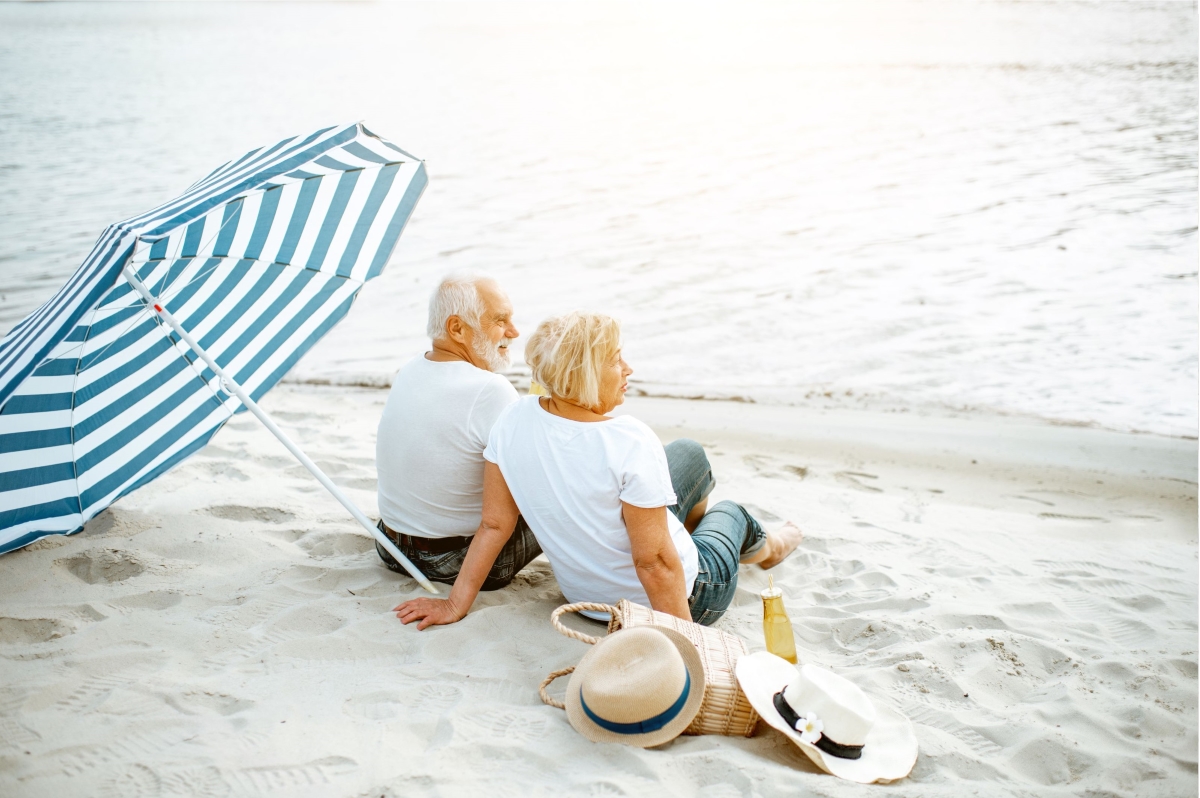
Relaxation is just as important as activity in retirement. Finding ways to unwind and de-stress helps improve sleep, reduce anxiety, and promote overall happiness. Incorporating relaxation techniques into your daily routine can help you feel more balanced and at ease.
Mindfulness and Meditation
Mindfulness and meditation are powerful tools for relaxation. Mindfulness practices can help reduce anxiety and promote a sense of calm by focusing on the present moment and letting go of stress. Meditation doesn’t have to be complicated; simply taking a few minutes each day to sit quietly, breathe deeply, and clear your mind can make a big difference in your mental well-being.
Gentle Hobbies
Relaxation doesn’t always mean sitting still. Gentle hobbies like gardening, knitting, or painting can be soothing and fulfilling. These activities allow you to focus on something enjoyable without the pressure of deadlines or expectations. They can also be a great way to spend time outdoors or create something beautiful, adding to your sense of accomplishment.
Nature Time
Spending time in nature has been shown to reduce stress, improve mood, and enhance overall well-being. Whether walking in the park, visiting the beach, or simply sitting in your backyard, connecting with nature can be a wonderful way to relax and recharge.
Restful Routines
Developing a routine that promotes relaxation can help you maintain a sense of calm throughout the day. This might include setting a regular sleep schedule, enjoying a cup of tea in the afternoon, or taking a few moments each day to read a favorite book. Establishing these small habits can create a sense of order and peace in your life.
5. Achieving the Balance: Practical Tips
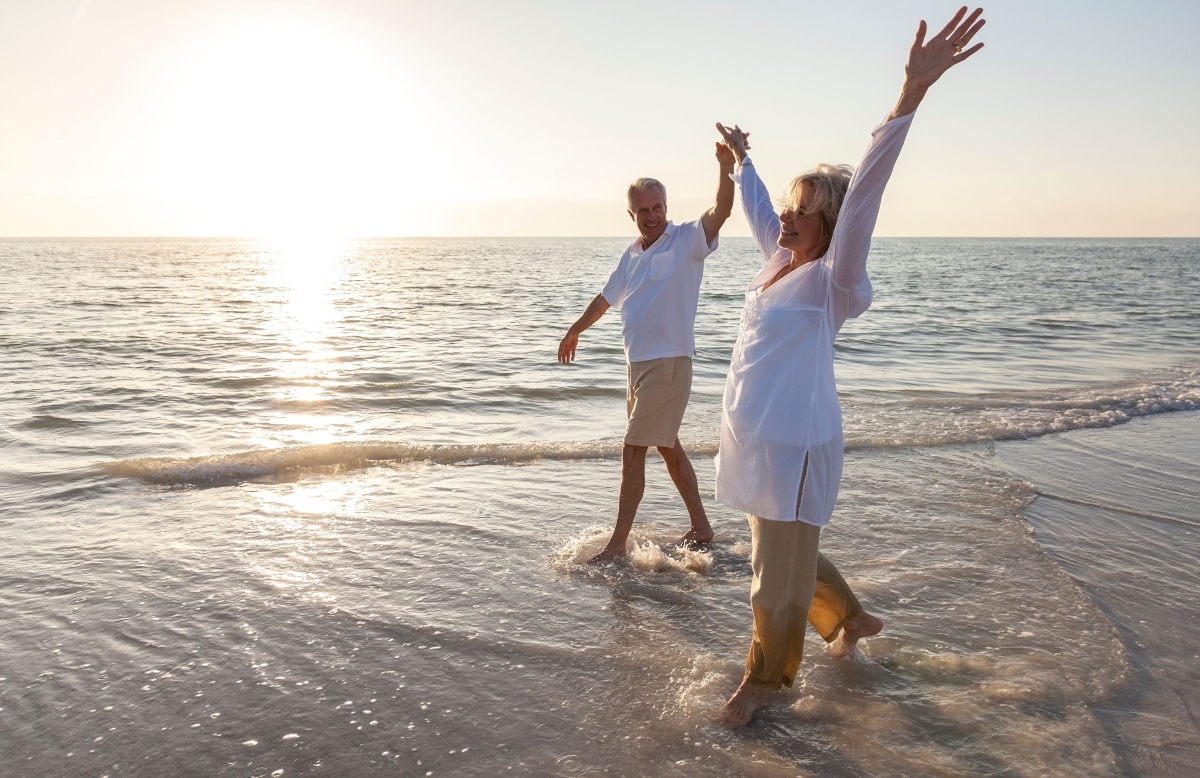
Creating a balanced lifestyle in retirement doesn’t have to be complicated. It’s about finding what works for you and adjusting as needed. Here are some practical tips to help you achieve that balance:
- Create a Flexible Schedule: Structure your day to include a mix of activity and relaxation. Whether it’s an exercise session in the morning followed by a relaxing afternoon or a social event in the evening after a quiet day, find a rhythm that feels right for you.
- Listen to Your Body and Mind: Pay attention to how you feel and adjust your activities accordingly. If you’re feeling energetic, take on more active pursuits. If you’re feeling tired, give yourself permission to rest.
- Adapting Over Time: Your needs may change as you age, and that’s okay. Be open to adjusting your routine and finding new ways to maintain balance as your life evolves.
Conclusion

Retirement is a time to enjoy life to the fullest, but it requires a thoughtful balance of relaxation and activity to maintain overall well-being. By staying physically active, engaging your mind, maintaining social connections, and incorporating relaxation techniques into your daily routine, you can create a lifestyle that supports both your health and happiness.
Finding the right balance may take time, and adjusting as you go is okay. The key is to stay flexible, listen to your body and mind, and prioritize what makes you feel good. With the right approach, retirement can be a time of growth, joy, and fulfillment—one where you thrive, not just survive. So take the time to explore, relax, and engage, creating an enriching and enjoyable retirement.


